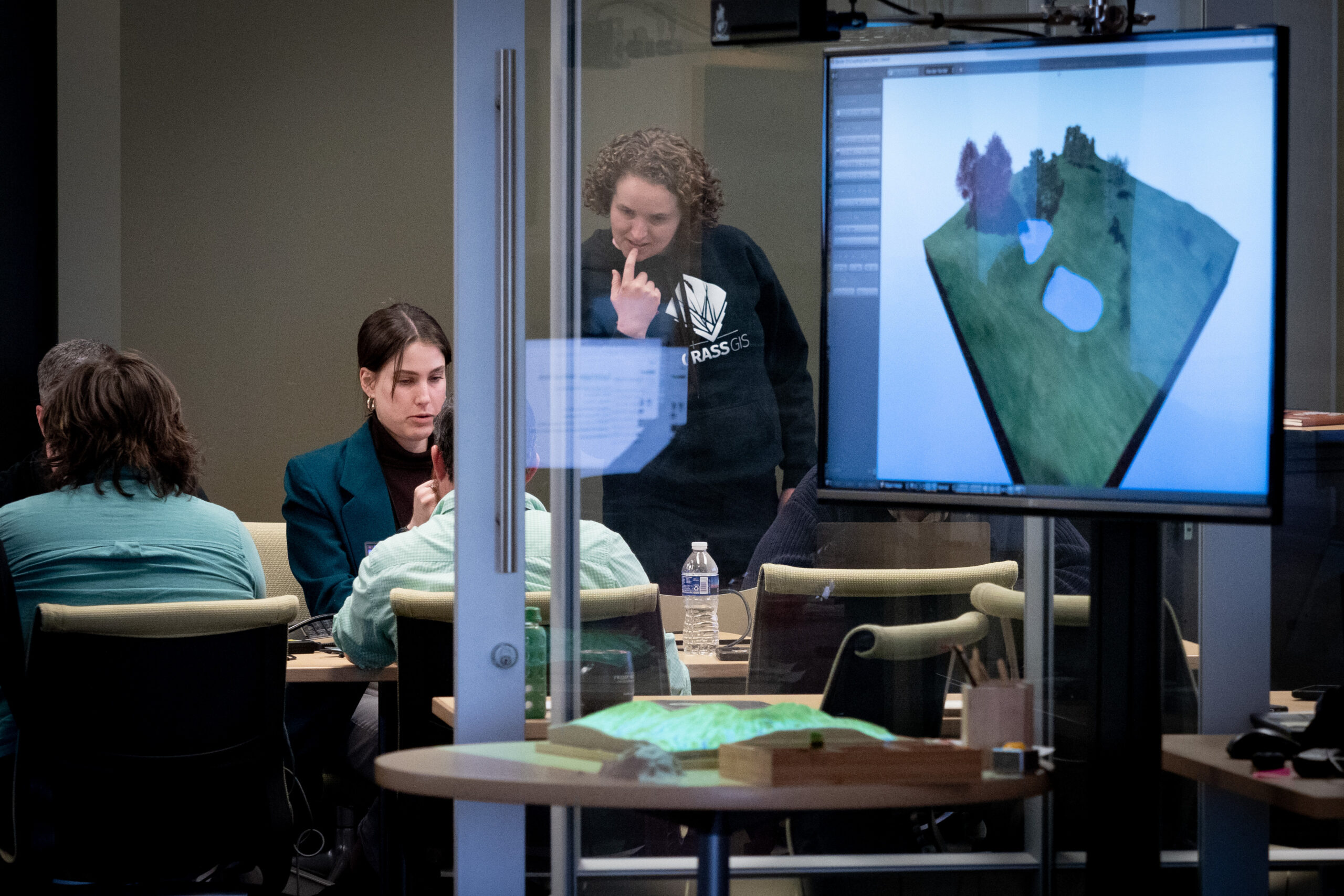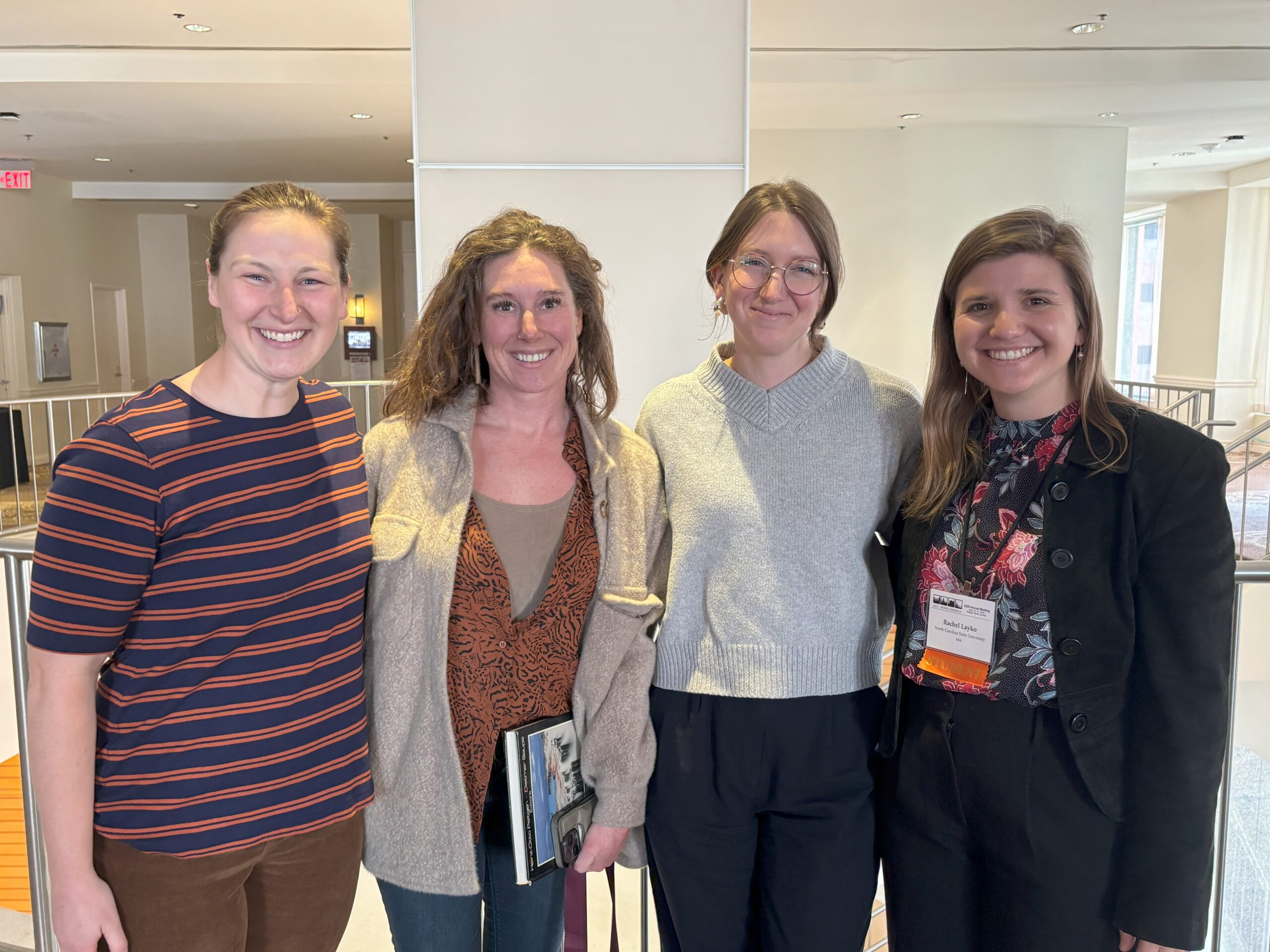Exploring the End of the Growing Season in Drylands at EGU 2024
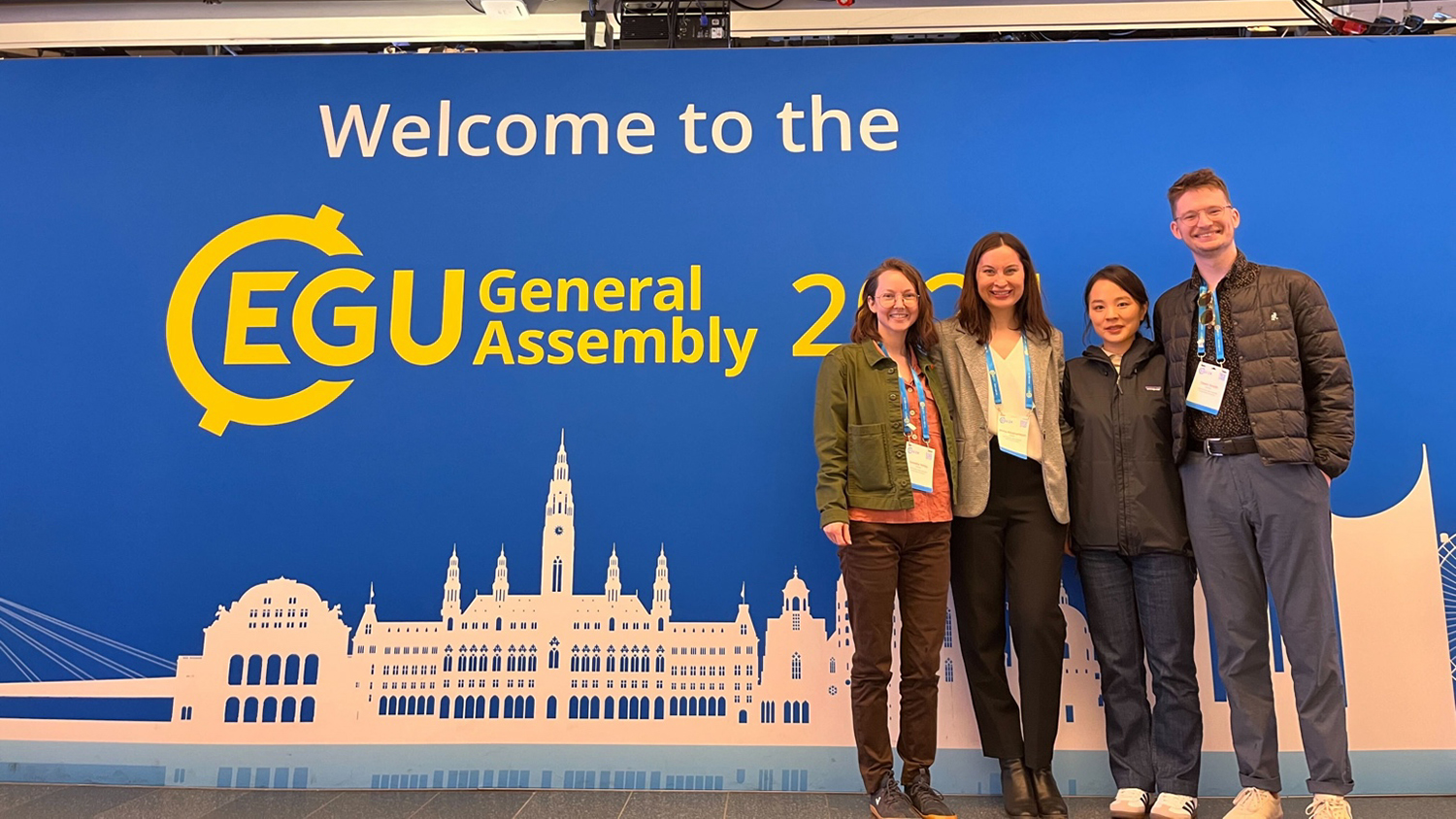
Editor’s note: Each semester, students in the Geospatial Analytics Ph.D. program can apply for a Geospatial Analytics Travel Award that supports research travel or presentations at conferences. The following is a guest post by travel award winner Grace Choi as part of the Student Travel series.
Thanks to the Center for Geospatial Analytics travel award, I had the incredible opportunity to attend and present my work at both the European Geosciences Union (EGU) General Assembly in Vienna, Austria, and the European Space Agency’s Centre for Earth Observation (ESA-ESRIN) in Rome, Italy.
I presented my poster on the timing of the end of the growing season (EOS), which is a major regulator of seasonal growth cycles and the ability of vegetation to absorb carbon. Climate change is impacting this timing, along with water and nutrient cycles. However, the direct impact of climate change on EOS remains uncertain, presenting evidence of earlier, delayed or unchanged EOS. Understanding how precipitation variability affects EOS across biomes is crucial for assessing plant productivity in the face of increasing precipitation variability in a warming climate.
At EGU, I connected with and learned from experts in my field by attending talks and viewing posters related to my work, including at sessions on land-atmosphere interactions, precipitation variability, and nonlinear time series analysis applications across the geosciences. Beyond the formal sessions, the conference atmosphere was uniquely inspiring, fostering a vibrant environment of continuous learning and collaboration. As this was my first conference, I was particularly struck by the dynamic interactions among scientists, who networked enthusiastically after their presentations and diligently refined their work in the hallways between sessions.
AT ESA-ESRIN, alongside presenting and engaging with ESA researchers, I had the unique opportunity to tour the Earth observation multimedia center. This tour included an Earth data visualization center, a long-term data preservation exhibit area and a permanent exhibition. This immersive experience allowed me to interact with display technologies and explore the technologies, media and techniques used in the initial phases of Earth observation activities.
In addition to attending various workshops and conferences, I also found time to explore Vienna and extended my stay in Rome with peers from my advisor’s research group, making the trip even more memorable.
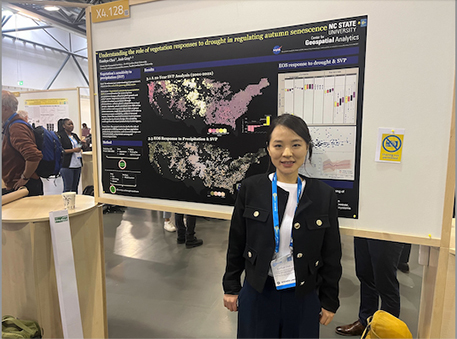
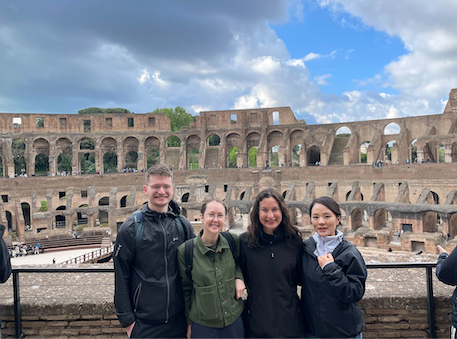
Acknowledgement: Thank you to Dr. Josh Gray and Dr. Mark Friedl at Boston University for their work on this project, as well as their support with the NASA travel award. Additionally, I extend my gratitude to the Center for Geospatial Analytics and Graduate Student Association Travel Awards for providing funding to present my work at EGU and ESA.
- Categories:
